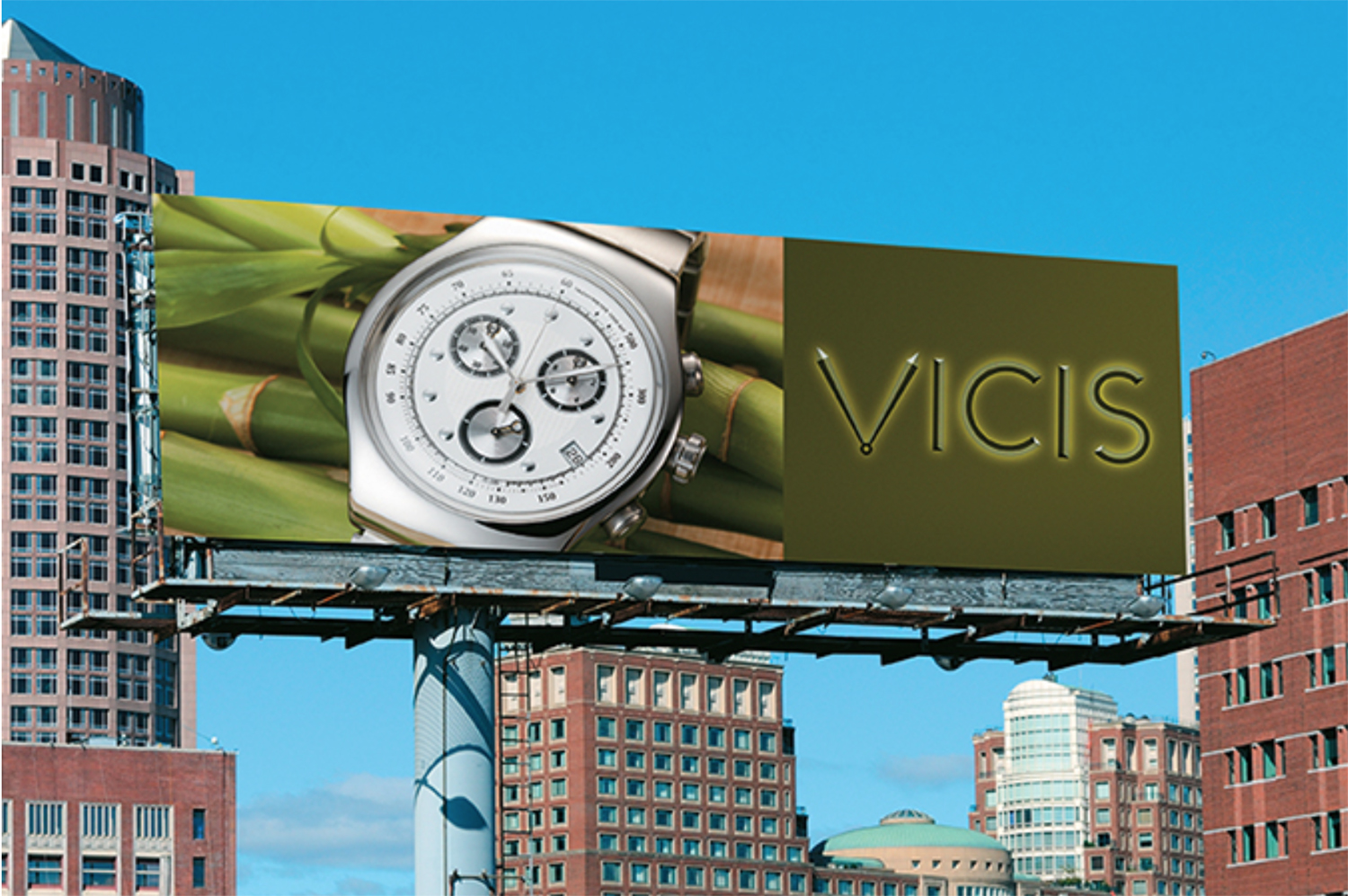Most roll-fed digital printers range in widths from 36 in. up to 64 in. UV flatbed printers typically are designed around a 4 x 8-ft. sheet of media. Sometimes, that’s not enough. Maybe you have to go really wide. Now you enter the realm of the grand format printer. Typically a printing width of 100 in. with 126 in. (3.2 m) on a roll printer or 10 ft. on a UV flatbed earns that badge. Applications for these widths include billboards and ultra-large displays and signs.
In years past, grand format printers were either purpose-built for billboards or the result of extending the printing width on a traditional solvent or eco-solvent printer. Billboard printers sacrificed resolution and extended color gamuts for speed (because the images were viewed from a distance). But while the stretched traditional printers used the same inks and printing technologies as their little brothers, they also carried the same, lower speeds.
What happens if you need grand format width and speeds that can keep a shop hopping 24/7? If you have the cash, you can make a splash. A number of grand format printers on the market can deliver everything you desire – and probably more.
Forget about low-resolution prints on these new workhorses. Many gallop along at 1,200-dpi resolution and can produce near photo-quality images – in giant sizes. Some support extended ink sets that can include diluted primaries (e.g. light cyan) as well as white and varnish. Another interesting twist in the industry is that many of these printers use UV inks that further increase the machine’s flexibility by printing on a wide variety of media, be it paper or rigid boards. In addition to UV, traditional eco-solvents can be found, as well as latex ink.
The machines offering white inks have developed a few tricks over the years. A very popular application is to print two images sandwiched between a white layer, for two-sided prints on clear media. If a machine is equipped with a varnish channel, interesting textures can be overlaid on the image to provide depth. The latest development is a type of “2.5-dimension” print, as one manufacturer has termed it, that can be made on some of the latest UV printers. In these cases, the printhead actually raises between passes to build up an image that can be between 0.5 and 1 mm thick. Images literally pop off of the media.
CRANK IT UP
So much for the grand format side of things, so what about speeds? We tend to believe that around 1,000 sq. ft./hr. in a production mode is a pretty fast machine. That translates to around 31 prints at 4 x 8 ft. (paper or boards) per hour. Many machines are available that can attain those numbers without quoting draft mode. Incredibly, there are printers available that can print in the 4,000-plus sq. ft./hr. range. These babies need to be fed giant rolls of media weighing hundreds of pounds, onto industrial-grade take-up equipment.
Advertisement
If you are looking to print on rigid material, you’re still covered. Speeds can reach over 100 boards per hour. This is obviously faster than an operator can load and unload media, so most companies offer automatic loader/unloaders that can keep up with the machines.
If you have a need for speed combined with print width, then the choices are out there. With great print resolution, color and blinding speeds, these machines can do just about anything. But be prepared to reach deep into your pockets, though, because you will be looking at mid-six figures for these guys, totally decked out.



 Tip Sheet1 week ago
Tip Sheet1 week ago
 Photo Gallery3 days ago
Photo Gallery3 days ago
 Ask Signs of the Times5 days ago
Ask Signs of the Times5 days ago
 Real Deal2 weeks ago
Real Deal2 weeks ago
 Benchmarks1 week ago
Benchmarks1 week ago
 Photo Gallery10 hours ago
Photo Gallery10 hours ago
 Paula Fargo10 hours ago
Paula Fargo10 hours ago
 Women in Signs2 weeks ago
Women in Signs2 weeks ago









